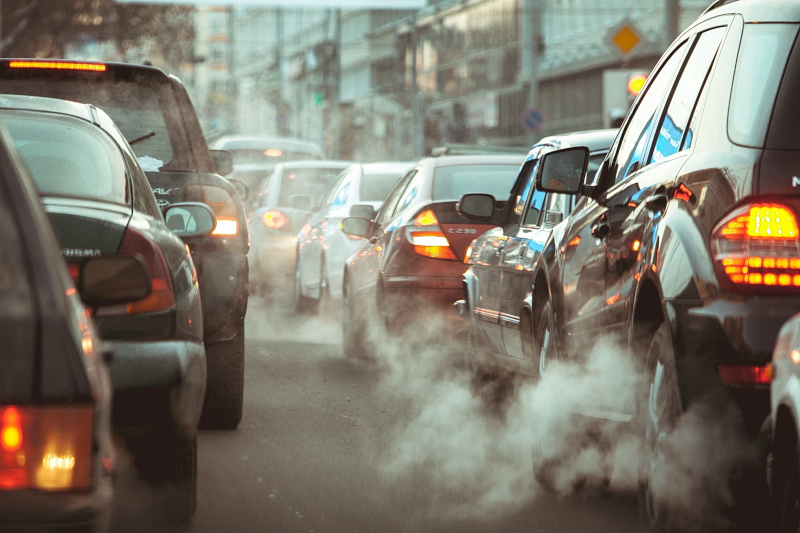
Fighting smog: salvation for European health
Reducing Pollution for a Healthier, Sustainable Future
Europe faces a growing challenge against air pollution, a significant threat to public health and the environment. Attention is focused on fine particles (PM2.5) and harmful gases, which have direct implications for quality of life and population longevity.
Health Impacts: A Concerning Picture
The European Environment Agency (EEA) has revealed that, despite progress in recent decades, air pollution remains the main environmental threat to health in Europe. PM2.5, in particular, is associated with a wide range of health problems, including cardiovascular and respiratory disorders, which can lead to premature deaths. Reducing exposure to these particles has the potential to save thousands of lives every year, with studies indicating a 33% decrease in premature deaths between 2005 and 2019 due to mitigation efforts.
Pollution and Health: the Alarm from the Outskirts of Milan
The investigation conducted by the Milan Agency for Health Protection has highlighted a worrying trend: the peripheral areas of the city, crossed by ring roads, with limited green areas and densely populated, record significantly higher death rates due to exposure to nitrogen dioxide and fine particles compared to the city center. In particular, neighborhoods such as Mecenate, Lorenteggio, and Bande Nere show a mortality rate that can exceed 200 deaths per 100,000 inhabitants, marking an increase of up to 60% compared to central areas, where, thanks to limited traffic zones (ZTL), the mortality rate remains around 130 deaths per 100,000 inhabitants. This discrepancy underscores the urgent need to review environmental and urban mobility policies to protect the health of citizens, especially in the most vulnerable peripheral areas.
Strategies and Regulations: the Path to Clean Air
The European Union, in line with the WHO’s new guidelines on air pollution in 2021, is reviewing its air quality directives. This effort is part of the broader European Green Deal, with the goal of reducing premature deaths caused by PM2.5 by 55% by 2030. It is crucial for Member States to develop effective air quality plans, aiming to align EU standards with the stricter WHO standards, to ensure a healthier environment for all citizens.
The Link to Climate Change: Double Benefit
Air pollution and climate change are closely linked, with the combustion of fossil fuels contributing to both global warming and degraded air quality. Initiatives to combat air pollution can thus have a significant impact on climate change as well. WHO estimates that implementing the Paris Agreement could save about one million lives per year by 2050, thanks to the reduction in air pollution.
Monitoring and Interventions: Towards Innovative Solutions
Air quality monitoring plays a crucial role in identifying at-risk areas and implementing targeted interventions. The European Air Quality Index provides real-time data on air pollution, allowing citizens and authorities to make informed decisions. Additionally, innovative technologies and low-cost sensors are expanding monitoring capabilities, offering new opportunities to combat air pollution at both local and global levels.
The fight against smog in Europe is both a challenge and an opportunity. Through effective policies, technological innovations, and international cooperation, we can protect public health and promote a sustainable future.
Sources


